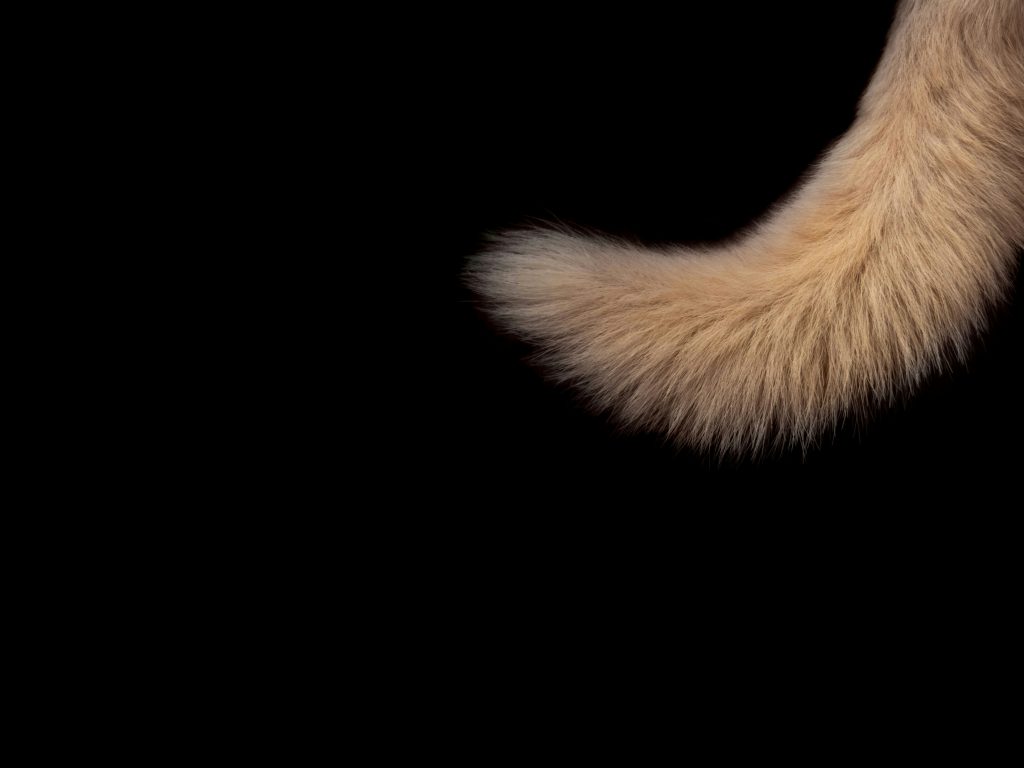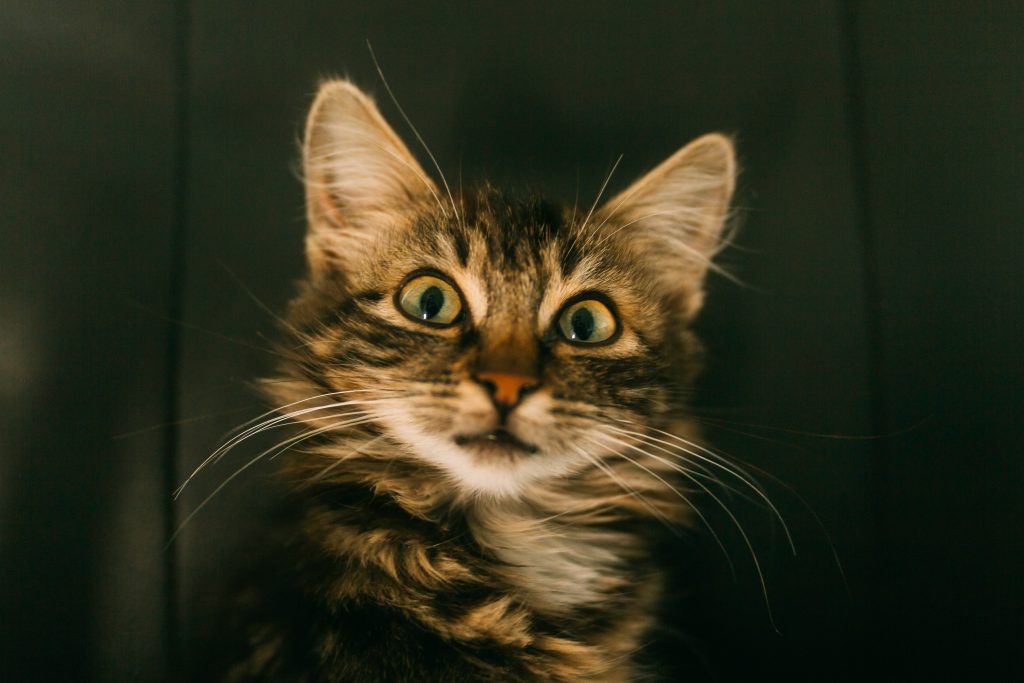Table of Contents
Introduction
Have you ever caught your cat staring at you with those big, unblinking eyes and wondered, “What on earth are they thinking?” Or maybe you’ve been on the receiving end of a sudden tail flick or an unexpected purr and thought, “Is this good or bad?” Cats are mysterious creatures, but here’s the secret: they’re not as hard to read as you might think.
Understanding cat body language is like learning a new language—one that’s all about tail wags, ear twitches, and subtle gestures. By the end of this guide, you’ll be fluent in “cat speak” and ready to decode what your feline friend is really telling you.
Why Cat Body Language Matters
Cats are masters of non-verbal communication. Unlike dogs, who are pretty straightforward with their wagging tails and slobbery kisses, cats are subtle. They don’t bark or jump around to get your attention. Instead, they use their bodies to express their feelings, needs, and even their moods.
Learning to read your cat’s body language can help you:
- Strengthen your bond with your furry friend.
- Avoid misunderstandings (like petting them when they’d rather be left alone).
- Spot signs of stress or illness early.
So, let’s dive into the fascinating world of cat behavior and uncover what your cat is really saying.
The Tail: Your Cat’s Mood Barometer

Your cat’s tail is like a mood ring—it changes based on how they’re feeling. Here’s a quick guide to decoding tail talk:
| Tail Position | What It Means |
|---|---|
| Upright and quivering | “I’m excited to see you!” (Think of this as a cat’s version of a happy dance.) |
| Puffed up | “I’m scared or feeling threatened.” (Your cat is trying to look bigger.) |
| Slow swish | “I’m focused—maybe on that bird outside the window.” |
| Tucked under | “I’m nervous or submissive.” |
| Thrashing rapidly | “I’m annoyed or overstimulated.” (Time to back off!) |
Pro Tip: If your cat’s tail is upright with a slight curve at the top, it’s a sign they’re feeling friendly and confident.
What’s With All the Meowing?
Cats are clever communicators, and they’ve learned that meowing gets our attention. But not all meows are created equal. Here’s a quick guide:
- Short meow: “Hey, I’m here!”
- Multiple meows: “I’m excited to see you!”
- Low-pitched meow: “I’m annoyed or unhappy.”
- High-pitched meow: “I’m in pain or need help.”
Fun fact: Adult cats rarely meow at each other. They save this vocalization just for us humans. So, the next time your cat meows, remember—it’s their way of talking to you!
The Ears: Windows to Your Cat’s Emotions

Cats have incredibly expressive ears. They can move independently, swiveling like tiny satellite dishes to pick up sounds—and emotions. Here’s what your cat’s ears might be telling you:
- Forward-facing: “I’m curious and alert.” (Your cat is interested in something.)
- Flattened sideways or back: “I’m irritated or scared.” (This is often seen during vet visits or loud noises.)
- Swiveling: “I’m trying to pinpoint a sound.” (Your cat is in detective mode.)
Fun Fact: Cats can rotate their ears up to 180 degrees. That’s some serious flexibility!
Common Cat Behaviors Explained
1. Kneading
If your cat presses their paws into your lap (or your favorite blanket), they’re not trying to make biscuits for breakfast. Kneading is a comforting behavior that stems from kittenhood when they kneaded their mother’s belly to stimulate milk flow. It’s a sign your cat feels safe and content.
2. Purring
Purring is often associated with happiness, but it’s not always that simple. Cats also purr when they’re in pain or stressed, as a self-soothing mechanism. Pay attention to the context to understand what your cat is feeling.
3. Bringing You “Gifts”
Yes, we’re talking about the dead mouse or bird your cat proudly presents to you. While it might seem gross, this is actually a sign of affection. In the wild, cats bring food to their family members. Your cat sees you as part of their clan—congratulations!
FAQs About Cat Behavior
Let’s tackle some of the most common questions cat owners have:
1. Why does my cat stare at me?
Cats stare for a variety of reasons. They might be curious, trying to communicate, or simply keeping an eye on you. If your cat stares and blinks slowly, they’re showing affection.
2. Why does my cat scratch furniture?
Scratching is a natural behavior for cats. It helps them stretch, mark their territory, and keep their claws healthy. Provide a scratching post to save your couch from destruction.
3. Why does my cat sleep so much?
Cats are crepuscular, meaning they’re most active during dawn and dusk. The rest of the time, they’re conserving energy. On average, cats sleep 12–16 hours a day!
4. Why does my cat bite me when I pet them?
This is often a case of overstimulation. Cats have a threshold for how much petting they can handle. Pay attention to their body language—if their tail starts twitching or their ears flatten, it’s time to stop.
How to Strengthen Your Bond With Your Cat
Understanding your cat’s behavior is the first step to building a stronger relationship. Here are a few tips:
Learn their preferences: Every cat is unique. Pay attention to what they like and dislike.
Respect their space: Cats value their independence. Let them come to you.
Play with them: Interactive toys like feather wands or laser pointers can keep them entertained and mentally stimulated.
Provide vertical space: Cats love to climb and perch. A cat tree or shelf can make them feel safe and secure.
Conclusion: Becoming a Cat Whisperer
Cats may not speak our language, but they’re constantly communicating with us through their behavior. By learning to read their signals, you can deepen your bond and ensure your feline friend feels understood and loved.
So, the next time your cat flicks their tail or brings you a “gift,” you’ll know exactly what they’re trying to say. And who knows? You might just become the ultimate cat whisperer in your friend group.
Got a quirky cat story or a burning question about your feline friend? Share it in the comments below! We’d love to hear from you.

